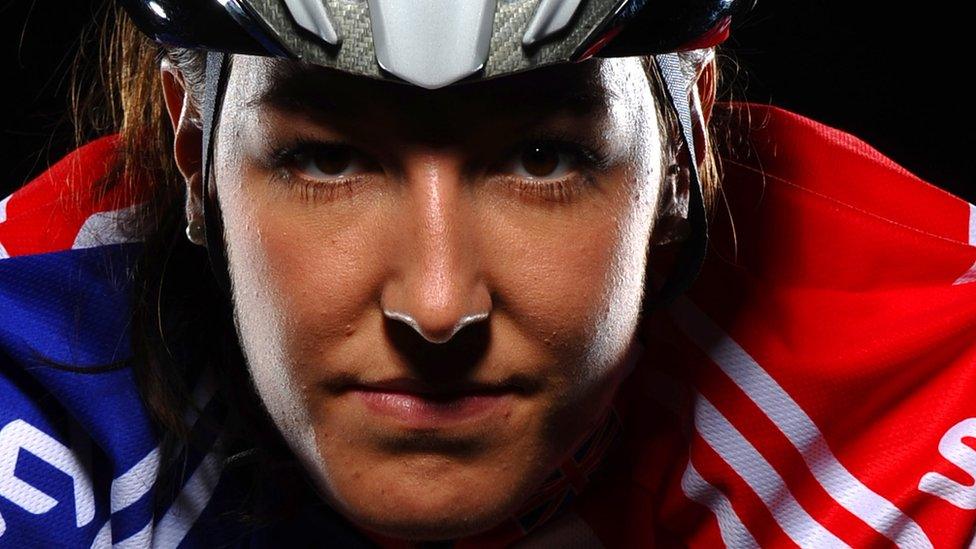Tour de France: Thermal cameras to be used against 'mechanical doping'
- Published
Doped bikes: An example of how it works
Thermal cameras will be used at this year's Tour de France to prevent riders hiding motors in their bikes.
The first proven case of such practice, known as 'mechanical doping', saw Belgium's Femke van den Driessche banned for six years in April.
The cameras will be portable and can be operated from the back of a motorcycle or the edge of the road.
They will be used in addition to a magnetic resonance system that screens bikes at the start and finish lines.
Cycling's governing body the UCI had defended that method of detection after TV station France 2 and Italian newspaper Corriere della Sera claimed their own thermal imaging picked up five hidden motors at two races this year.
Read more: Can you really 'dope' a bicycle?
France's minister of state for sport Thierry Braillard said even a stopped motor could be detected by the new cameras, developed by the Atomic Energy Commission at the request of the government.
"With this technology, which has been approved by the UCI and by the Tour de France, those who want to cheat will be taking very very big risks," he added.
"It's a complement to what the UCI has been doing."
Reigning champion Chris Froome will lead Team Sky for the 103rd edition of cycling's most prestigious race, held from 2-24 July.
Froome will be supported by Welsh riders Geraint Thomas and Luke Rowe, who will be the road captain in the nine-strong team, while fellow Briton Ian Stannard is also named.

- Published26 June 2016

- Published26 June 2016

- Published25 June 2016

- Published25 July 2019

- Published19 July 2016
